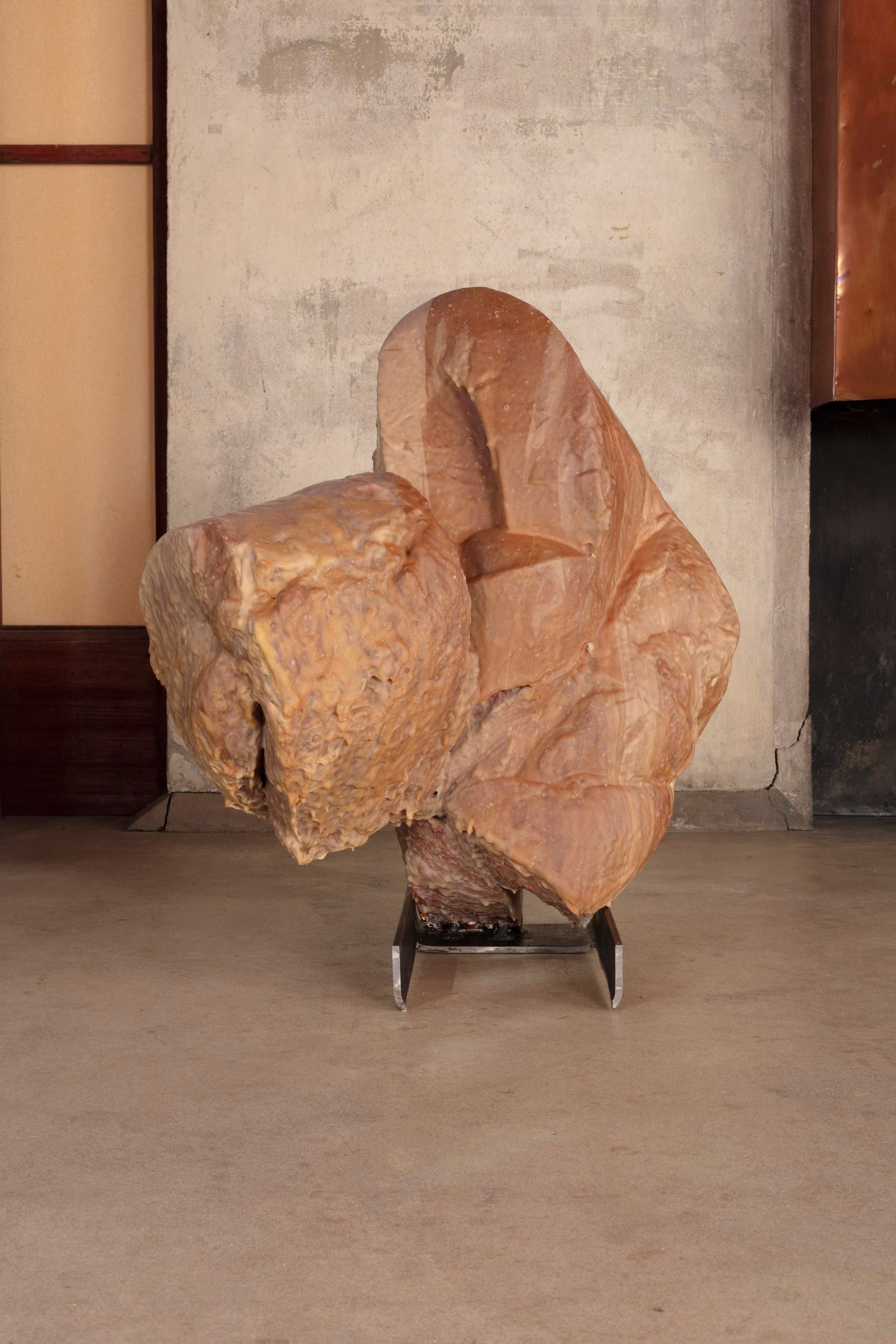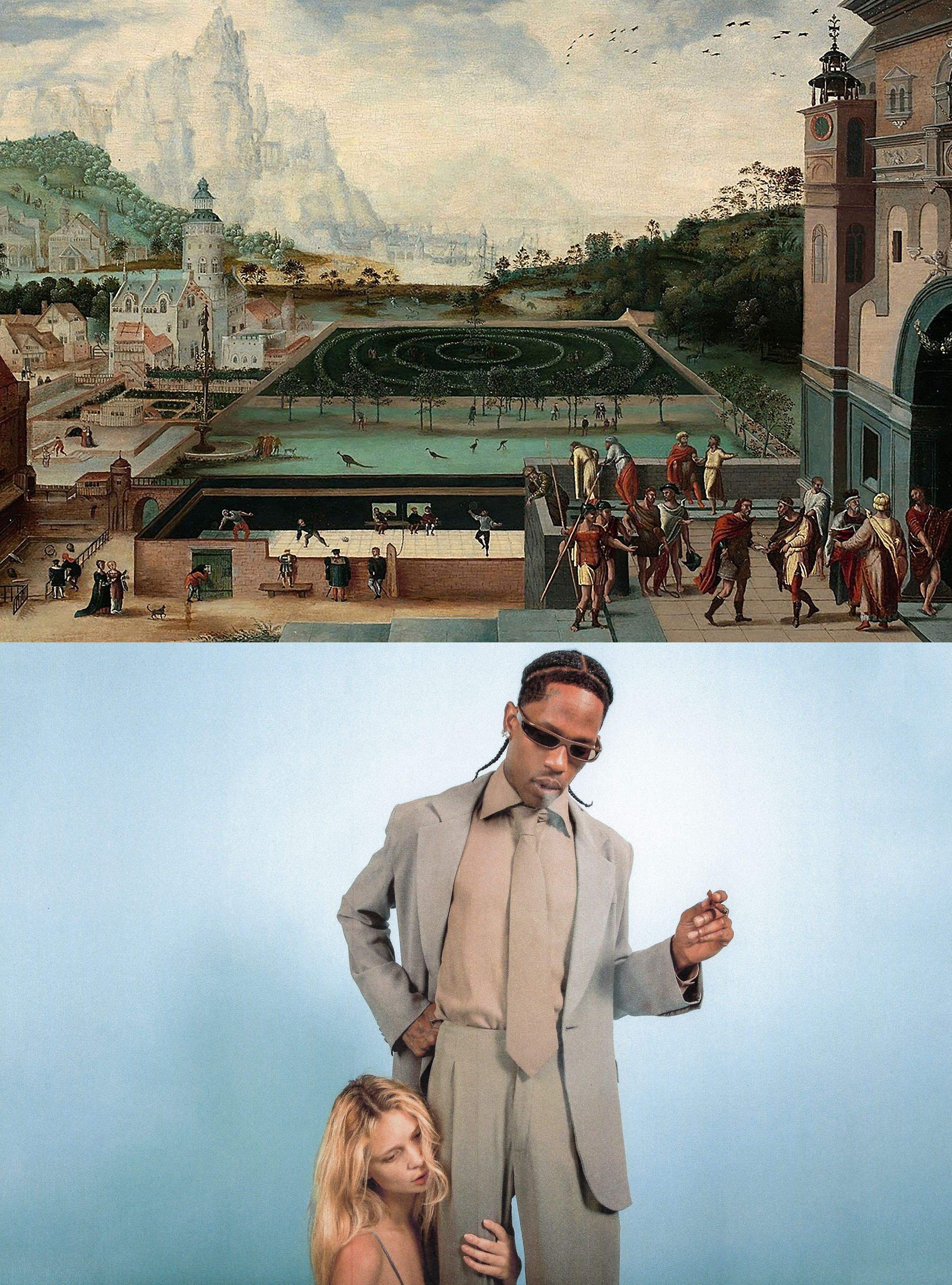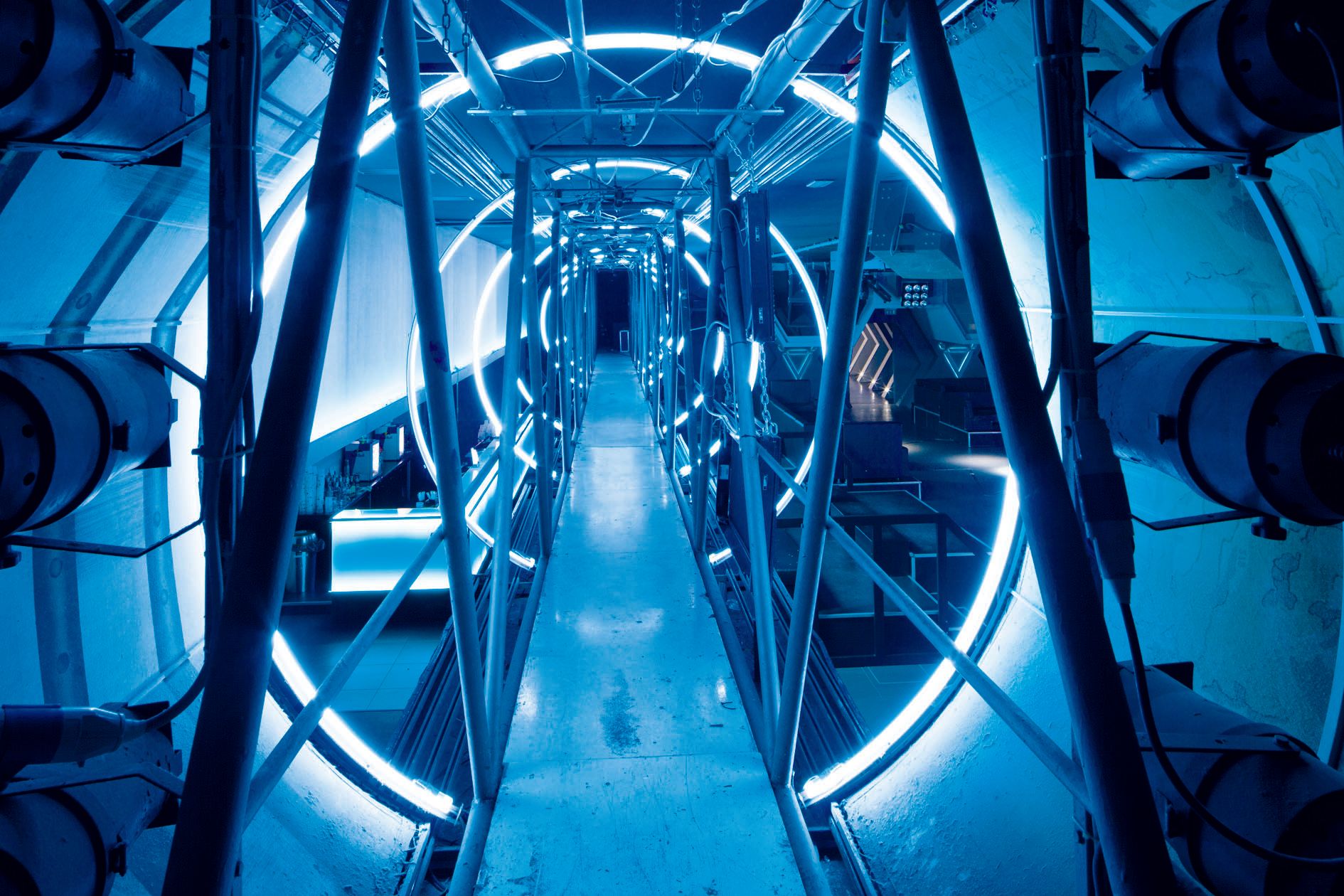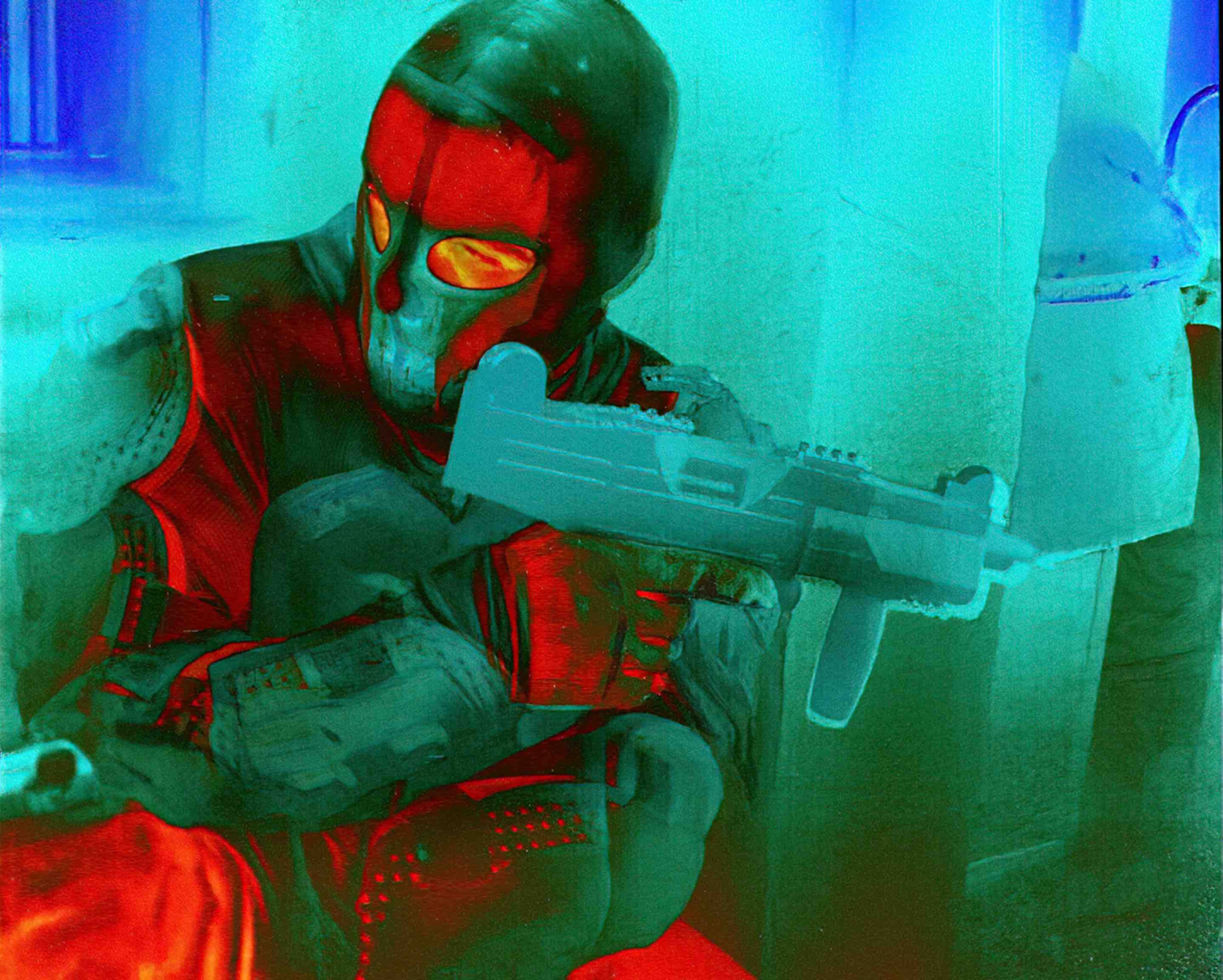HANS HOLLEIN: The Showroom Master
|ROBERT WIESENBERGER
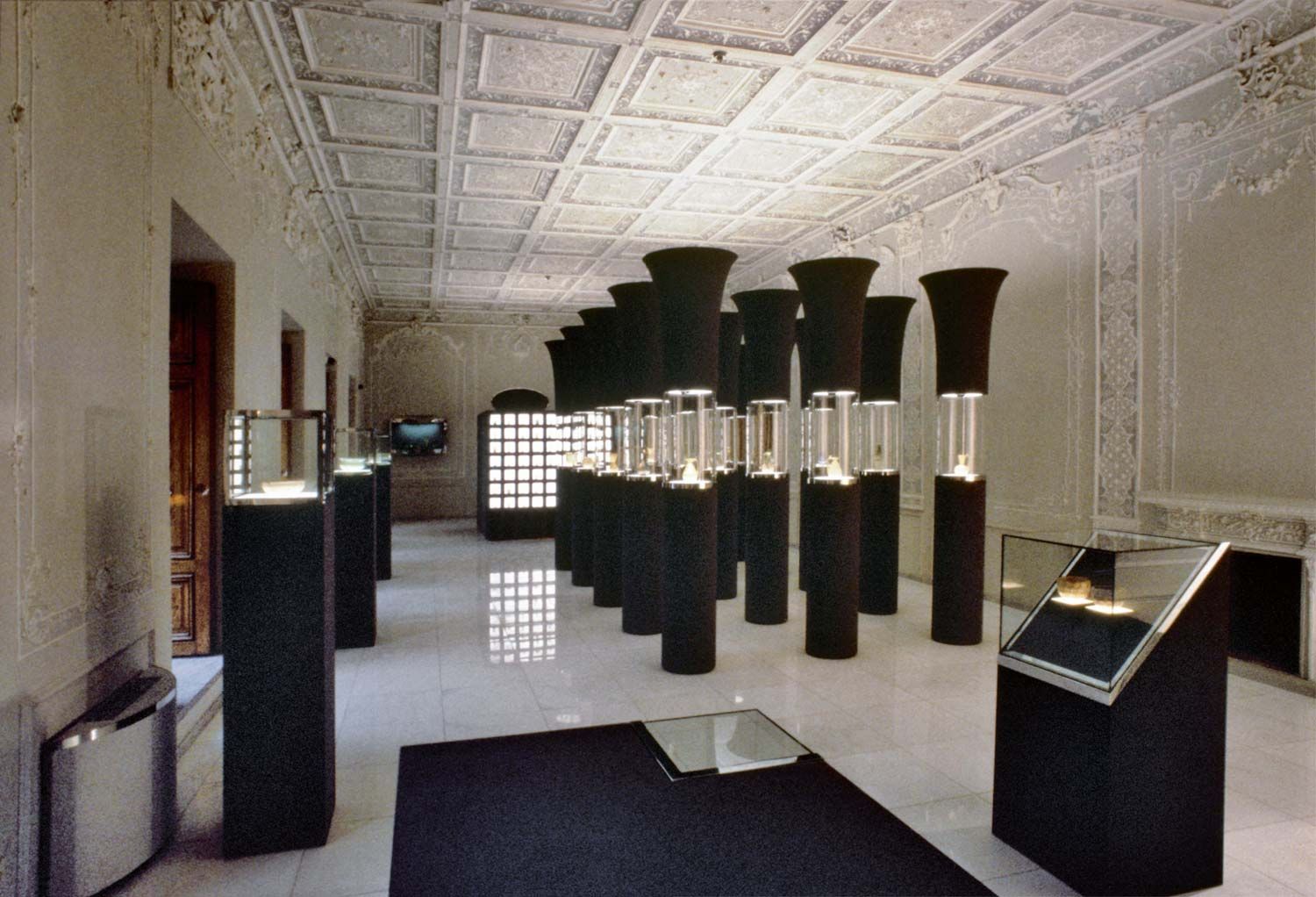
"Everything is architecture," according to Hans Hollein. In honor of his ongoing exhibition at the Centre Pompidou, we revisit a feature from the 032c archive that explores the Austrian architect's use of media, technology, and spectacle.
He’s designed mesmerizing interiors to display candles, Monets, and Bronze Age ceramics. His use of media, technology, and spectacle was prescient. He’s long understood that commerce is cultural and that culture is commercial. His bold call for a “Return to Architecture” is only made stronger by his declaration that “Everything Is Architecture.” It’s time to rediscover HANS HOLLEIN.
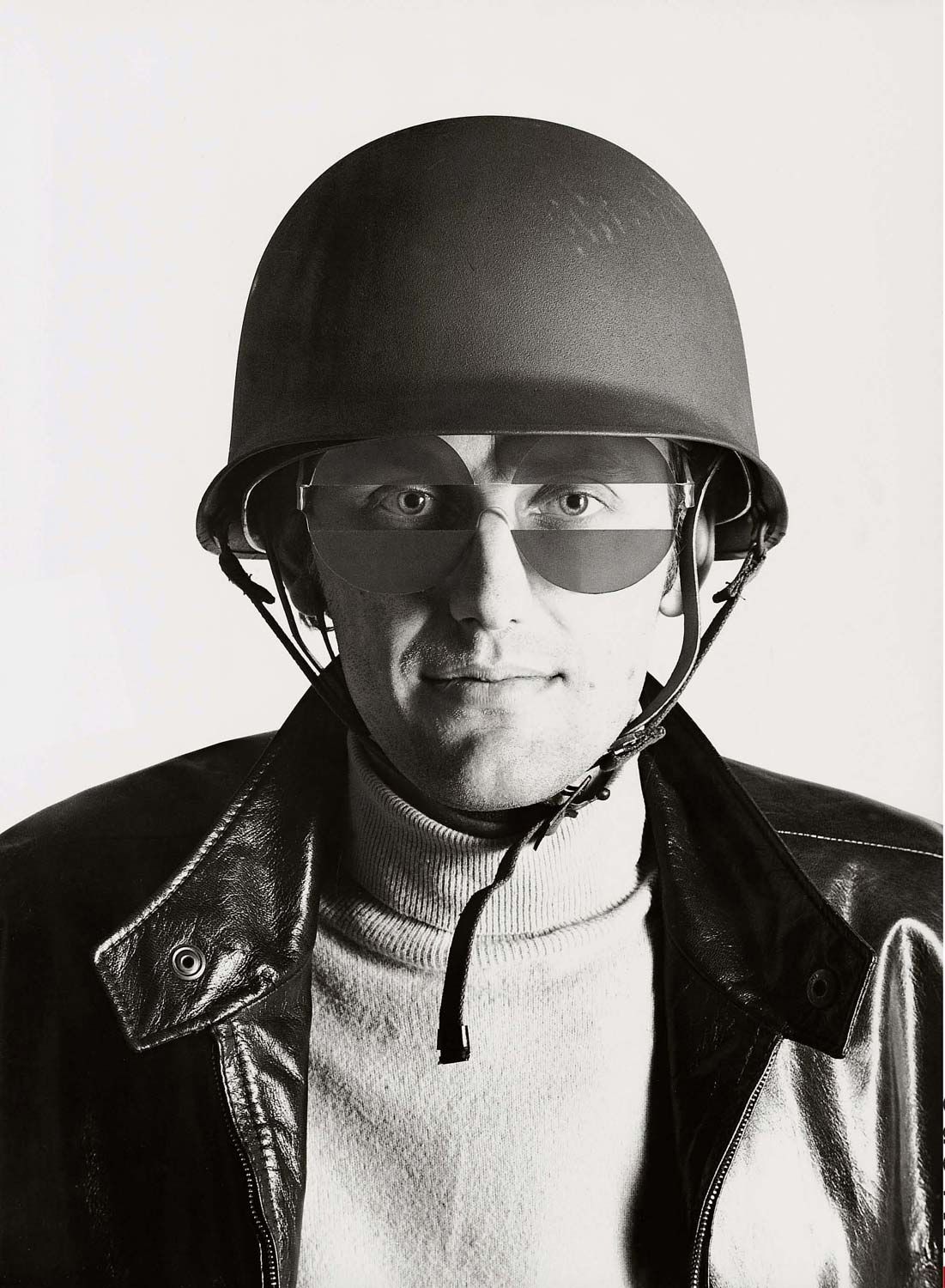
In 1964, at age 30, Austrian architect Hans Hollein successfully landed a spacecraft onto a quiet shopping street in Vienna. A keyhole punched from its monolithic, anodized aluminum front sucks passersby into a compact, immersive interior. The Retti candle shop, Hollein’s first executed project, forms a showroom and sales area out of two linked cubes, the first rotated 45 degrees, with corners chamfered and mirrored to infinity. Dramatically lit niches exhibit the shop’s candles, bundled like compound Gothic piers, standing or hanging from their wicks. If the facade echoes the machinic fantasies of Hollein’s paper architecture, then the quasi-devotional interior answers his earlier manifesto call for a “Return to Architecture” as sacral, pure, and functionless (except that the function of this machine-for-selling is of course clear). More than the postmodern pastiche of the Pritzker Prize winner’s later work, Hollein should be remembered for his unique approach to display – a precursor to our economy of spectacular cultural experience.
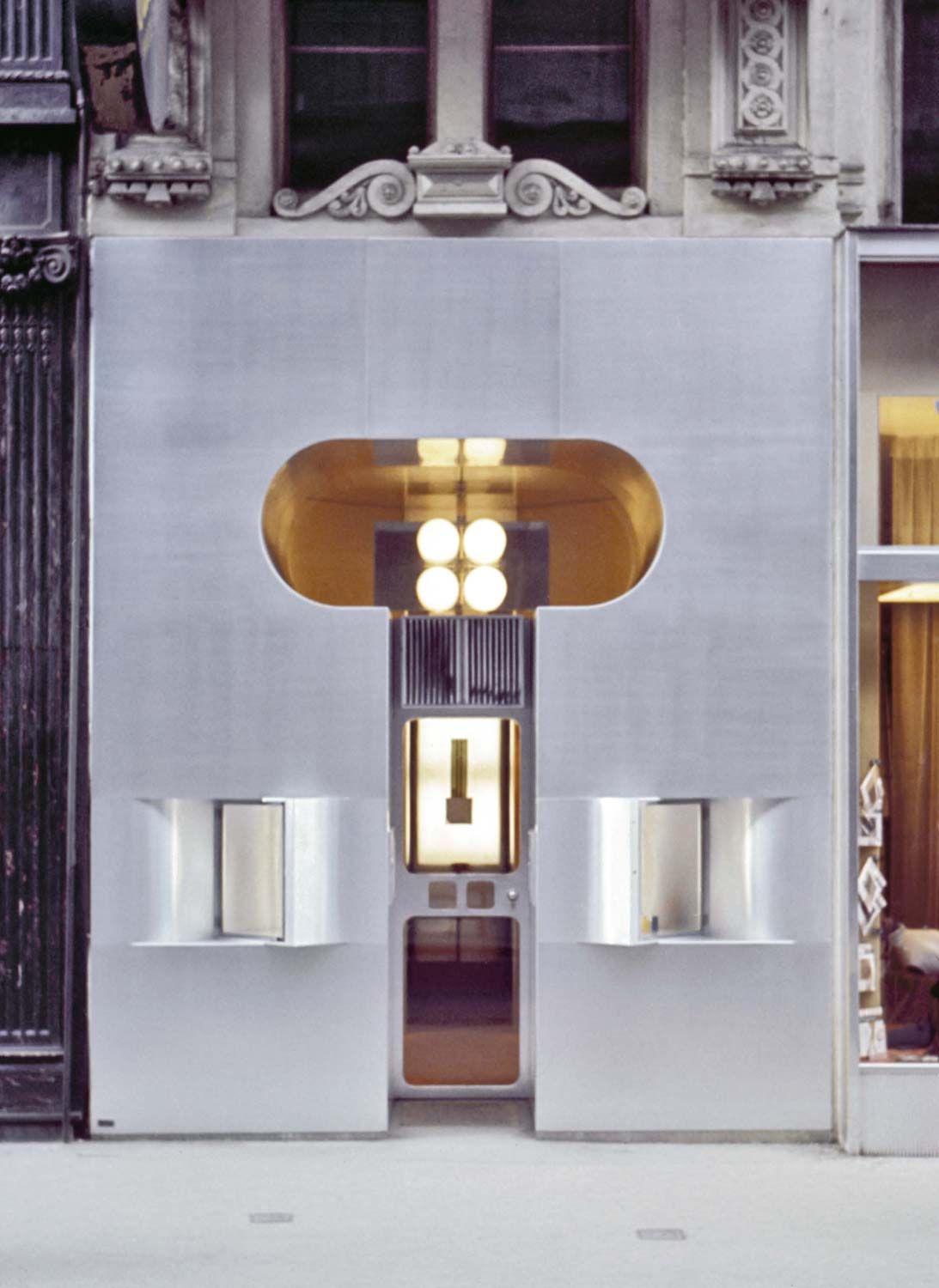
Having won the American Institute of Architects’ largest cash prize for his architectural debut, and a string of further retail commissions along with it, Hollein soon turned to the sale of another luxury good. Three years after the Retti shop, the eminent gallerist Richard L. Feigen asked Hollein to design an Upper East Side New York location for his gallery. Feigen had been assembling an exhibition of “visionary architecture” for his downtown gallery, with works by Buckminster Fuller, Frei Otto, Claes Oldenburg, and others. At the suggestion of his friend Armand Bartos – the art collector, philanthropist, and one-time architectural collaborator of Frederick Kiesler – Feigen included Hollein, and his photomontage of an aircraft-carrier-as-city imbedded in a rural landscape. When the two finally met, Feigen was surprised that he was “an architect who actually built.” Nevertheless, he commissioned him on the spot to design a new uptown gallery.
Given the bottom two floors of an 1887 row house, and a white stucco facade of ornament-free regularity, Hollein pasted a shimmering, double-curve chromed-steel column, 18 feet tall (5.5 meters), over the structural brick pier in the two-storey entry. The enormous sheet of metal, Feigen recalls, took some wrangling to obtain, and was eventually pulled from an order for Minoru Yamasaki’s World Trade Center, then under construction. This and all interior fittings were hand-polished by an Austrian craftsman, flown in on an artist visa, working under cover of night to avoid union conflicts.
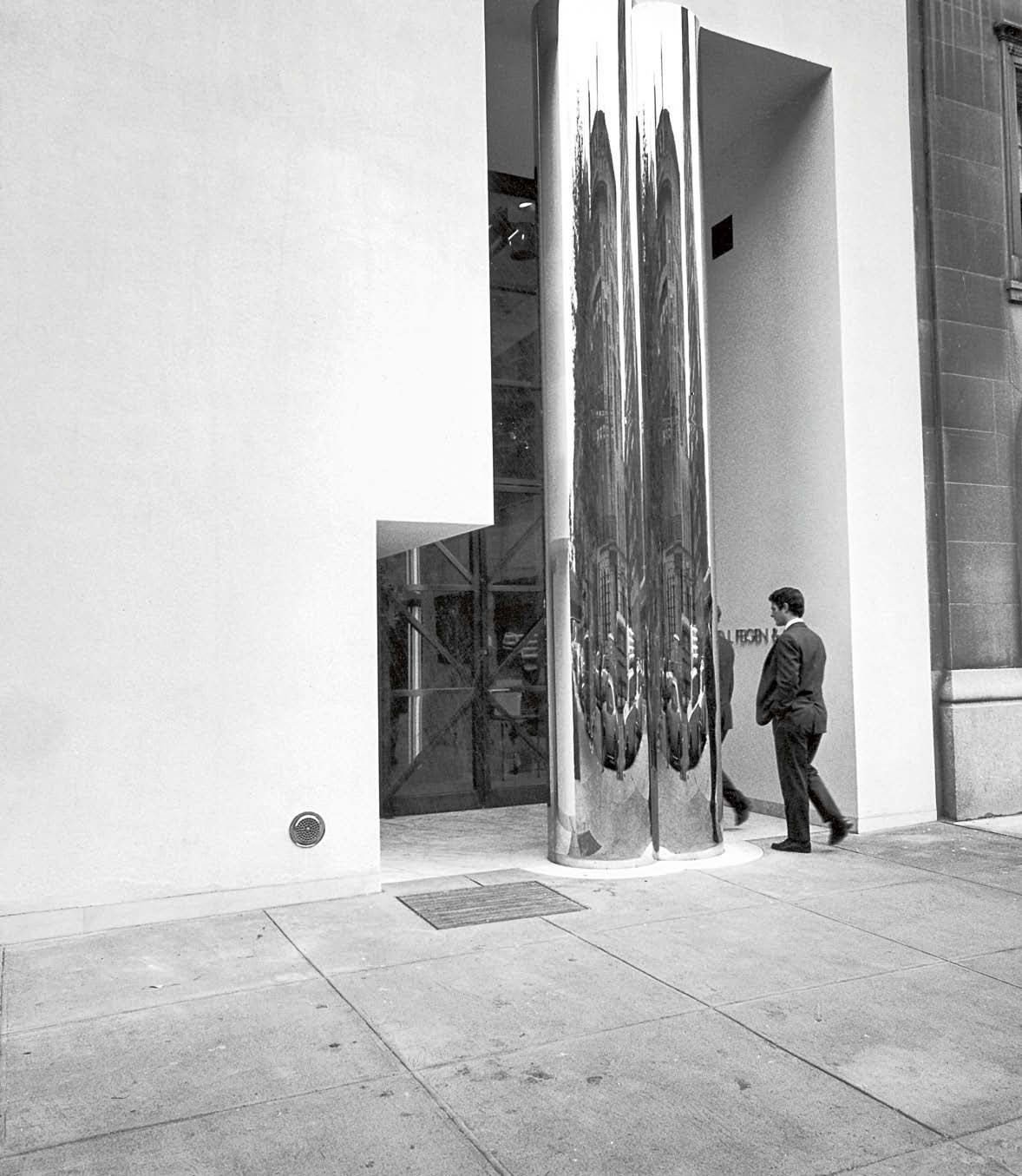
Passing through a grid of windows into the double-height main gallery, visitors could follow the sinuous line of a polished Art Deco handrail up a flight of stairs to the second floor, and around to a double-curved viewing balcony – evocative of a theater box, an ocean liner, a pair of breasts. This offered a view onto the salon-style hanging across the way, and more importantly, the society spectacle of a gallery opening below. Alternatively, following the choreography of the sale, one could pass to the rear of the ground floor, through two smaller galleries, and into a back room – as long and nearly as wide as the main gallery.
Anchored on one end by Feigen’s office, with a prototype of Hollein’s “Roto-Desk” (a table-sized Lazy Susan in glass), the other end formed a “private showing area.” The architectural seduction might continue in this space-age boudoir, with its semi-circular alcove upholstered in pink velvet, an integrated projector overhead, and Hollein’s own acrylic furniture. Little wonder that the architect hoped the gallery would open with a show of the servile, semi-nude sculptures of Pop artist Allen Jones (instead he got Monet), or that he would propose a design for Vienna’s Sigmund Freud Museum later that year (unrealized).
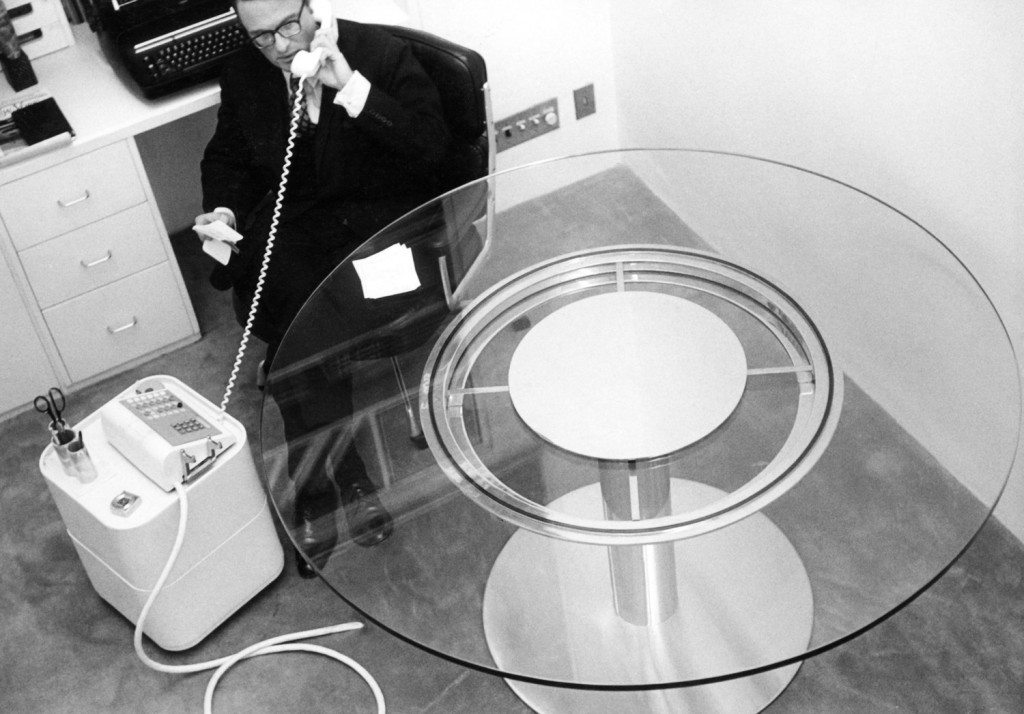
Hollein had specified Rolls-Royce grills for the gallery’s air ducts, a motif that appeared in two photomontages the year before, one of which set the grill at colossal scale in the Wall Street skyline. Feigen vetoed the idea, on the grounds of its exorbitant cost, and perhaps also its too-close-for-comfort subtext (Hollein’s exaggerated, exhaust-pipe air vents were barely less flamboyant). Like many of Pop’s gestures, and no less those of Postmodernism, the consumer values here are ambivalent, sooner of complicity than critique. Still, these gleaming surfaces reflect an honesty about the collusion of high art and high finance that’s repressed in the affected grittiness of so many loft-as-gallery exhibition spaces.
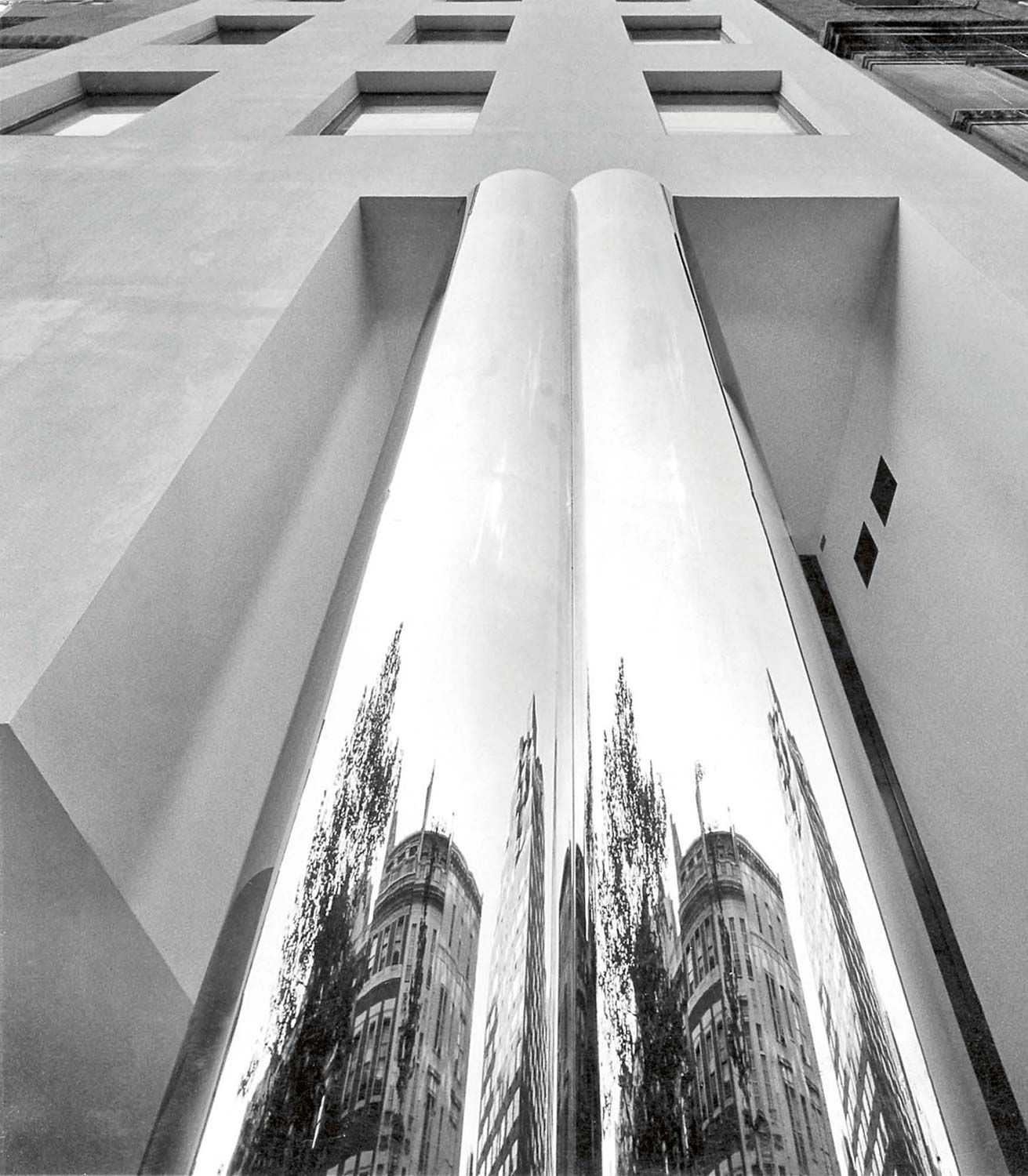
Yet Hollein’s gallery was better at displaying itself than its art. “Nothing really worked well in that space,” Feigen recalls. His contemporary artists refused to show there, and many left the gallery. And his collection of old masters was even more overpowered by the architecture. The gallery forced Kenneth Frampton, in his review, to “question how neutral or specific an art gallery should be and whether it should in itself constitute an object of aesthetic intensity.” Given the pluralist forms and demands of contemporary art (as opposed to, say, candles), he answered the latter question in the negative.
Feigen sold the gallery to the Japanese boutique Hanae Mori in 1973, with an understanding that it would be preserved. When Hanae Mori went bankrupt in 2002, the building was sold to an unknown buyer, represented by an unreachable attorney, and the earlier agreement wasn’t honored. Rapidly, and despite Feigen’s appeals to the buyer and the city, and agitations in local media, renovations began, the column was torn from the facade, and the facade is now banal beyond recognition. Word has it, Feigen says, that the CIA bought the house to spy on the Iraqi embassy across the street. It would explain, he thinks, the speed and inevitability of the acquisition, the anonymity of the owner, and the singular lack of activity seen there since. Hollein’s only building in North America, perhaps a better artwork than a place to display art, now survives only in pictures.
In a more successful display, the Iranian Empress Farah Pahlavi commissioned Hollein in 1977 to design a museum of glass and ceramics in Tehran. The Abgineh Museum opened on the threshold of the revolution, and was saved by the director’s wife, who, before fleeing, posted a sign on its doors indicating that the building housed a kindergarten and primary school (it was effective; a glass relief portrait of the Shah’s family was the museum’s only casualty).
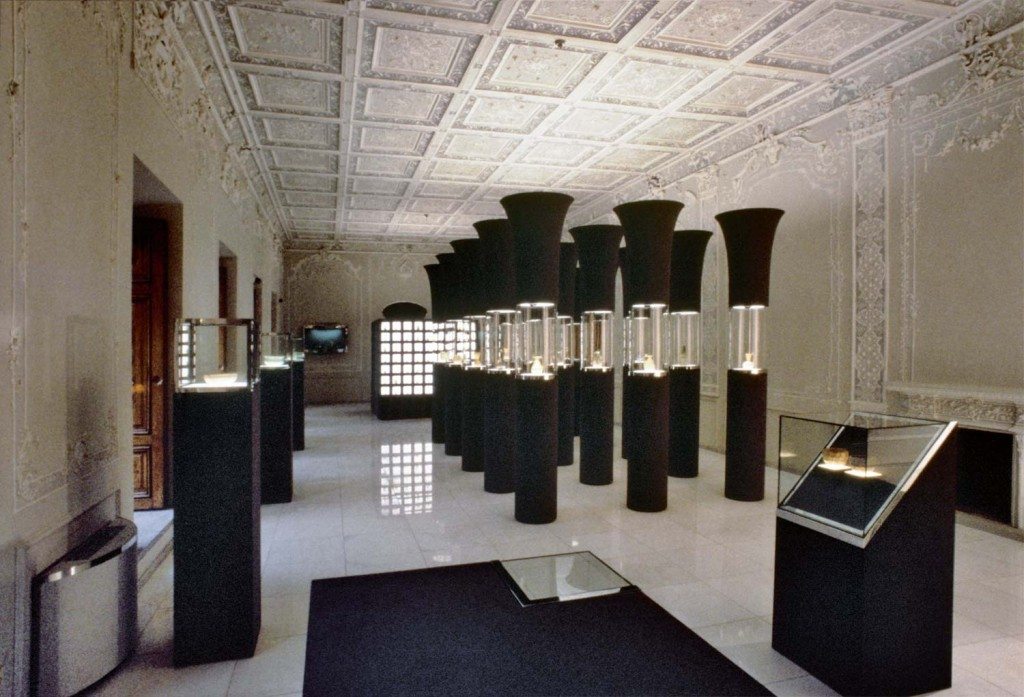
The Abgineh Museum is housed in a 19th-century palace of Rococo and Persian vernacular styles. Instead of using it as a shell for a new museum interior, Hollein retained the or-nate boiserie, and intervened instead with nearly 120 freestanding vitrines and wall-integrated displays. Using the non-load-bearing column favored by Postmodernists, Hollein’s swelling, pre-Classical capitals are in fact highly functional, housing air conditioning, humidity control, and spotlighting. Uplighting to the ceiling continues their fictive lines of force, integrates them visually in the space, and of course demands attention.
In a room designated for lusterware and painted ceramics, already modified from its original form, Hollein took license for a more extensive intervention. A grid of chrome steel members covers the walls and ceiling, into which lighting and displays are integrated, and fifteen vitrines rise from the floor. From their mirrored bases, each custom-built display is topped by a unique, three-dimensionally cut motif of shifting sands under its cubic glass cover. An Orientalist gesture to the regional topography, the “sands” balance the undulating and orthogonal, nature and technology, eternal and mercurial, glass and its silicate precursor.
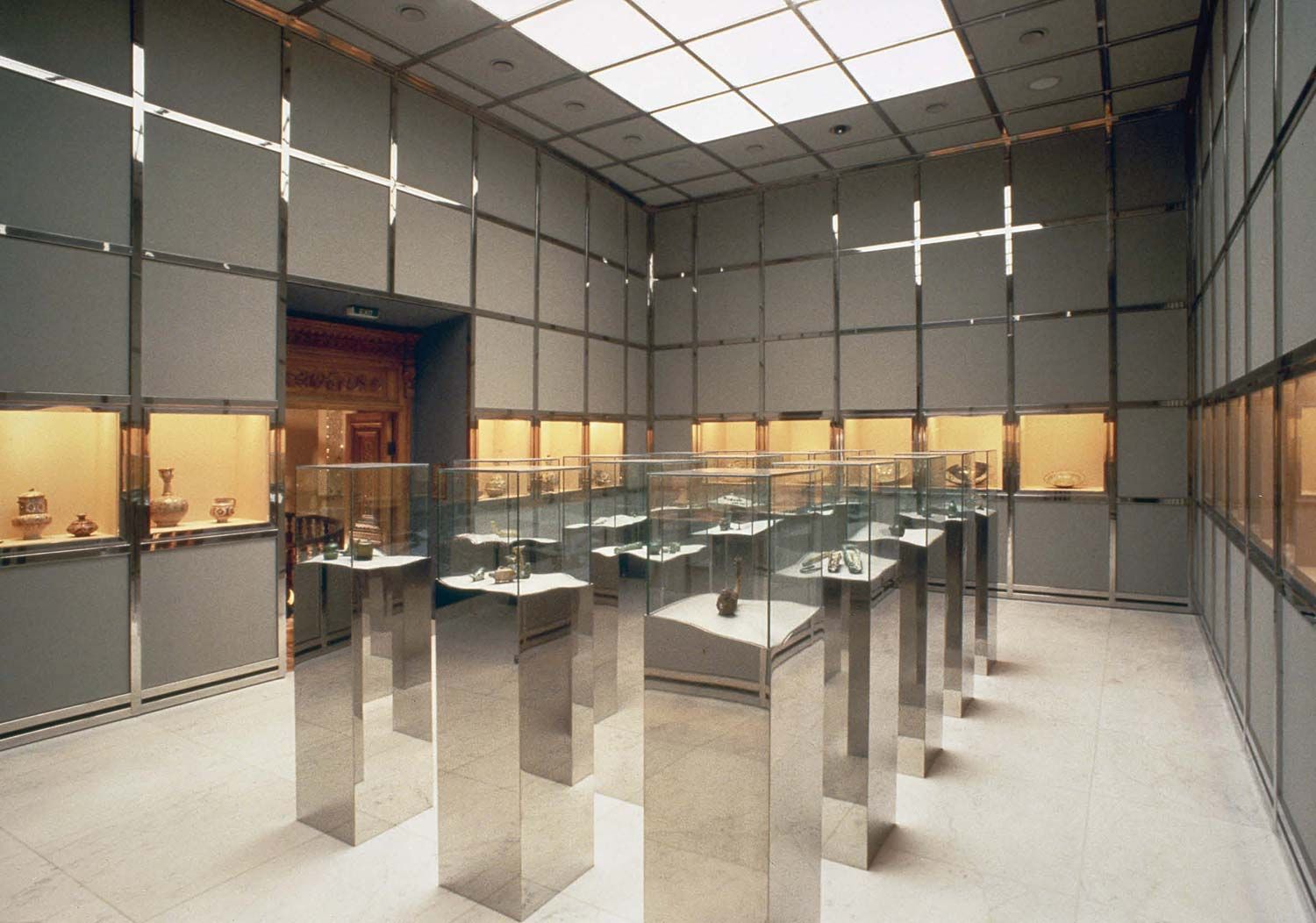
As aesthetic objects, the vitrines compete with the fetishistic brilliance of Southern California artist Larry Bell’s 1960s mirror-coated volumes. And as elements of museum infrastructure, they evoke Hans Haacke’s Condensation Cubes, whose internal weather event depends on the complex feedback mechanisms that guarantee climatic constancy in the surrounding gallery. These displays inscribe the object and viewer in telescoping levels of environmental control – both an innovative solution to the constraints of a 19th-century building envelope, and another side of the total museum environment.
Hollein had a strong hand in selecting the museum’s objects. He included both the most precious works from the Empress’s collection and more quotidian objects and tools. Elevating the (ancient) everyday with his jewel-like displays, Hollein’s curatorial choice is anti-connoisseurial, and consistent with his presentation in other settings of man-made objects – both design and art, variously defined as all of a piece, worthy of both scrutiny and delectation. (A table laid out with breads of the world, or photo research on different forms of the common hammer, showed this anthropological interest in the Cooper-Hewitt National Design Museum’s inaugural exhibition, MAN TransFORMS, organized by Hollein in 1976). In Tehran, Hollein displayed many of these objects in multiple, confounding the presumed uniqueness of the museum object and suggesting an ancient case of mass production.
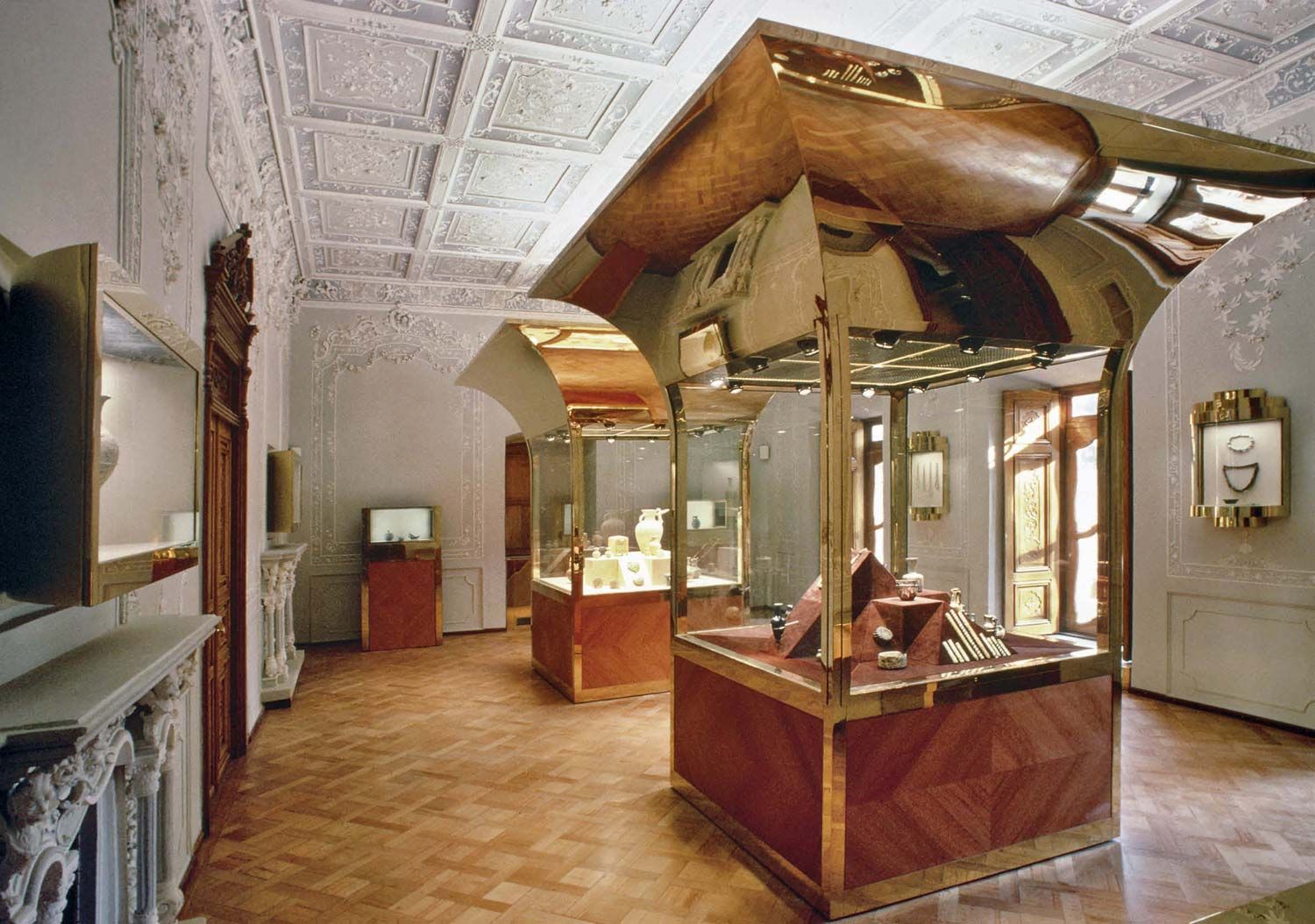
Hollein’s philosophy of display – and everything else, for that matter – can be traced back to 1968. That year he authored the manifesto “Alles ist Architektur” (Everything is Architecture) in an eponymous special issue of Bau, the architecture and planning magazine he edited. Here Hollein expands the disciplinary remit of architecture to include man’s environment, his tools and his media. Television, air conditioning, transportation, clothing and shelter are of equal interest to this architect – and “all,” he claims, “are architects.”

This also makes Hollein an architect of media. “A building can become entirely information,” he declares. “Its message might be experienced through informational media (press, TV, etc). In fact, it is of almost no importance whether, for example, the Acropolis or the Pyramids exist in physical reality, as most people are aware of them through other media.” Two years earlier, in 1966, Hollein had made the photomontage Extension of the University of Vienna, in which Heinrich von Ferstel’s monumental Ringstrasse campus building is juxtaposed with a portable television set – long-anticipating the “virtual university.”
The essay’s visual material, a musée imaginaire across 13 page spreads, collects 20th-century art (especially Pop and Surrealist works in which everyday objects assume architectural scale); Hollein’s own scale-shifting photomontage; found images of the barely-clad female body; inflatable architecture by his colleagues Haus-Rucker-Co. and Frei Otto; and a pill he labels “nonphysical environmental control kit.”
Of this last, psychedelic suggestion, Hollein writes: “Little consequent experimentation has been undertaken to use nonmaterial means (like light, temperature, or smell) to determine an environment, to determine space … The purposeful use of chemicals and drugs to control body temperature and body functions as well as to create artificial environments has barely started.” Hollein’s 1968 design for the Austrian pavilion of that year’s Milan Triennale would undertake some of this experimentation. He created 18 narrow, parallel corridors with different atmospheres behind each of their aluminum doors: One passage was refrigerated; another simulated a snowstorm. (This was a year before Bruce Nauman’s luminous Corridors, and decades prior to immersive museum spectacles like Olafur Eliasson’s Weather Project (2003), or this year’s Rain Room at the Museum of Modern Art.) That visitors to Hollein’s pavilion would also have been wearing souvenir plastic glasses – rolling off an in-situ injection moulding machine, with two-color lenses imitating the Austrian flag – added yet another layer of “environmental modification,” and the participatory character of a happening.
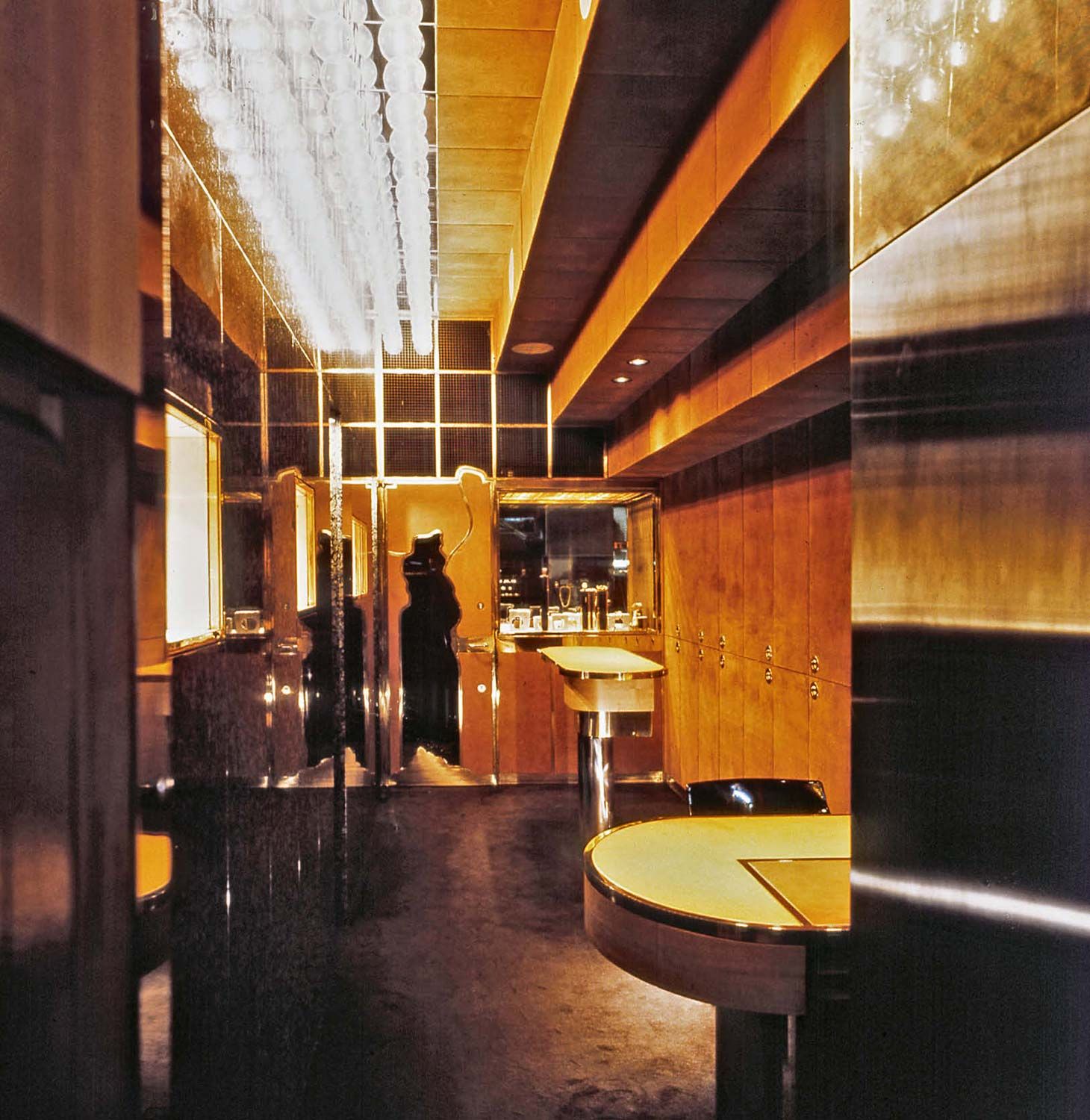
Prophetic about media, Hollein is also convinced of the need for the physical museum, now more than ever. As he has told me, the museum is a site of multisensory engagement with objects – and, of course, other humans – from multiple perspectives. He is also keenly aware of what motivates many people to visit museums. His contribution to the Documenta 8 exhibition in 1987 reproduced famous artworks as almost inscrutable thumbnails, hung low on the wall, while their wall texts assumed the outsize dimensions of the original artwork. For many viewers, he says, the moment of merely “having been there and seen the work” is sufficient – a logic that must explain the smart-phone-camera mode of documenting experience now standard in any major museum.
Beyond flashy, custom-built displays, Hollein is also capable of subtler architecture for large institutions with rotating collections – as with his Museum Abteiberg (1972–82) in Mönchengladbach, Germany. Here his sensitivity to a hilly site, achronological circulation, diverse spatial scales, varied natural and artificial light sources, and tactile material finishes is exemplary.
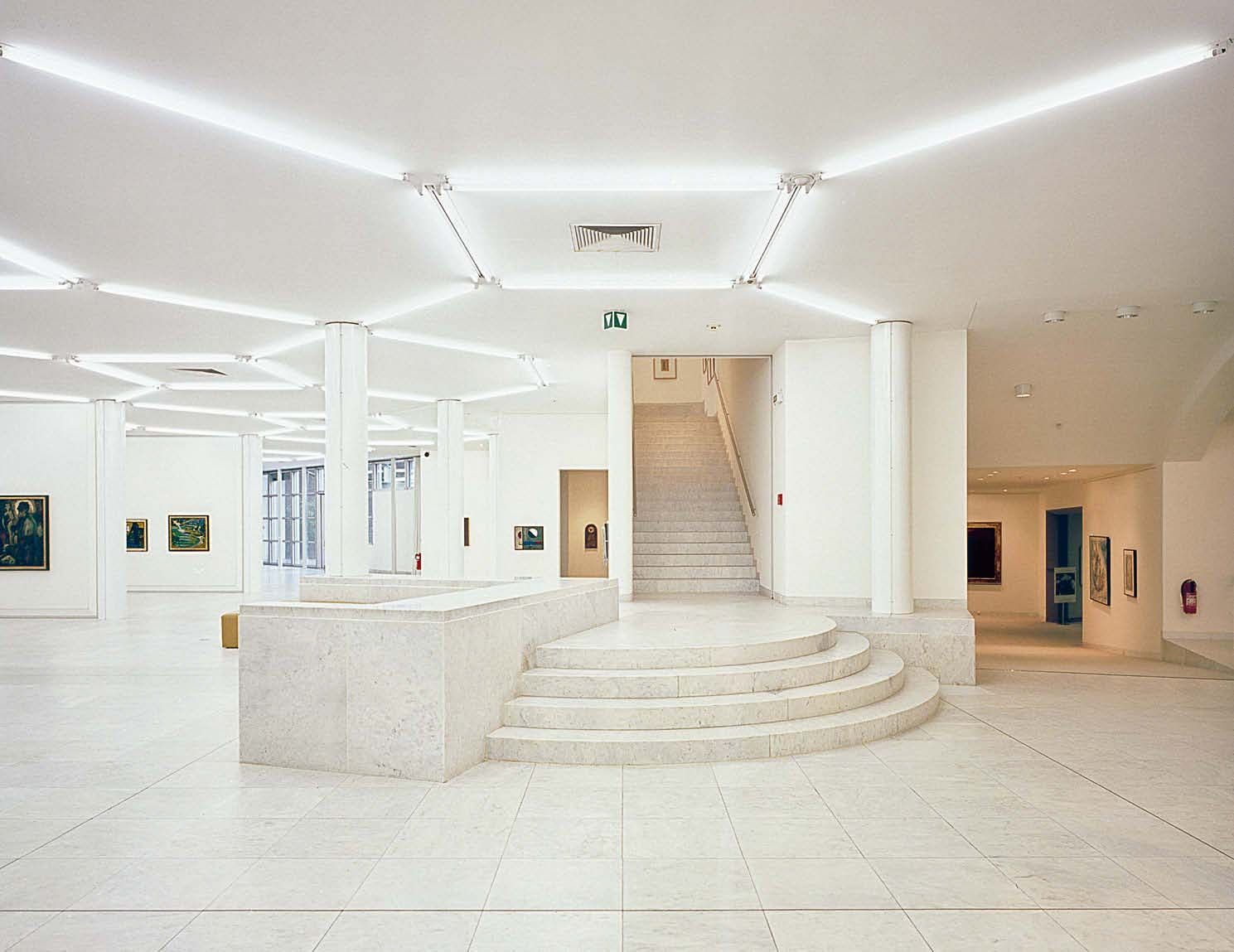
When everything is architecture, all objects are fair game, as are all techniques to show them; what’s in a museum, and what qualifies as one, are up for grabs. If the end of a rare artwork’s “aura” is an early 20th-century problem, it’s one that’s hardly gone away – and few architects are more keenly aware of it than Hollein. Circulating images, atmospheric spaces, and uniquely physical experiences are all in his repertoire. Alive to the fact that there’s no such thing as “neutral” architecture, Hollein is an enemy of lazy or self-abnegating design, and shows the virtues – and pitfalls – of boldness. (One reason for the recent, passionate defense of the original Barnes Foundation in Philadelphia and the American Folk Art Museum in New York is precisely their idiosyncrasy.) Hollein’s output is variously exhibitionary and exhibitionist, overwrought and immaterial, pious and participatory, cultural and commercial; and frequently, it’s somewhere in between. Our spaces of display will continue to change as we do. Hans Hollein has long been ready for these contingencies.
Credits
- Text: ROBERT WIESENBERGER
